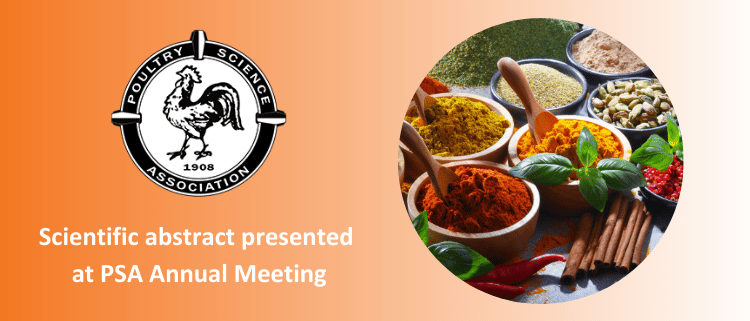Effects of a phytonutrient and tributyrin combination on layers
Effects of various doses and combinations of phytonutrient and tributyrin on the performance of 55 to 85-week-old Hy-Line W36 laying hens
Authors: Mike Persia, E. Nicole Thetga, Nathaniel Barrett, Brian Glover, Jose Charal, Milan Hruby
Scientific Abstract:
An experiment was conducted to determine the effects of two feed additives and their combinations on late first-cycle laying hen performance and egg quality. The eight treatments were generated using a corn-soybean meal-dried distillers grains with solubles-poultry biproduct meal basal diet with the addition of feed additives on top. Treatments included the control diet (Con); Con + 50 g/MT of phyto nutrient Half (NH – phytonutrient); Con + 100 g/MT of phytonutrient Full (NF); Con + 250 g/MT tributyrin Half (DH – tributyrin); Con + 500 g/MT tributyrin Full (DF); Con + NH + DF (NHDH); Con + NF + DH (NFDH); Con + NF + DF (NFDF).
Each treatment was fed to 12 experimental units of 3 Hy-Line W-36 laying hens from 55 to 85 weeks of age. All hens were housed in battery cages (464.5 sq cm) and given ad libitum access to water and fed approximately 95 to 97 g/d. Repeated measures were used over time to increase replication. If ANOVA differences were noted (P ≤ 0.05), Fishers LSD were used to separate LS means. No interactions between treatment and time were noted indicating all responses were consistent over time. Performance parameters were different (P ≤ 0.05) with the exception of feed intake as that was controlled. Hen house (HHEP) and hen day egg production (HDEP) were generally not improved over the Con (75.6 and 76.7% respectively) with feed additive treatment (P > 0.05) with the exception of HHEP for hens fed DF (79.5%). The NF (63.1 g) and NFDF (63.1 g) increased egg weights in comparison to Con fed hens (61.7 g) with other treatments intermediate (P ≤ 0.05). Egg mass was increased over the Con fed birds (47.3 g/d) with the addition of NF (50.2 g/d: P ≤ 0.05) with DH, DF, NFDF resulting in intermediate responses. Feed efficiency was increased by NF (524 g/kg), DF (526 g/kg), NFDH (517 g/kg) in comparison to Con fed hens (494 g/kg) with DH intermediate (P ≤ 0.05).
Yolk color, Haugh units, yolk weight, egg shell breaking and egg specific gravity were not different than Con fed hens (P > 0.05). Hens fed DF resulted in increased albumen weight in comparison to Con fed hens, and hens fed NF and NFDF resulted in increased shell weights in comparison to Con fed hens.
Overall, the full doses of the phytonutrient and tributyrin combination increased 55 to 80 wk laying hen feed efficiency with mixed results from the combination of these products.



